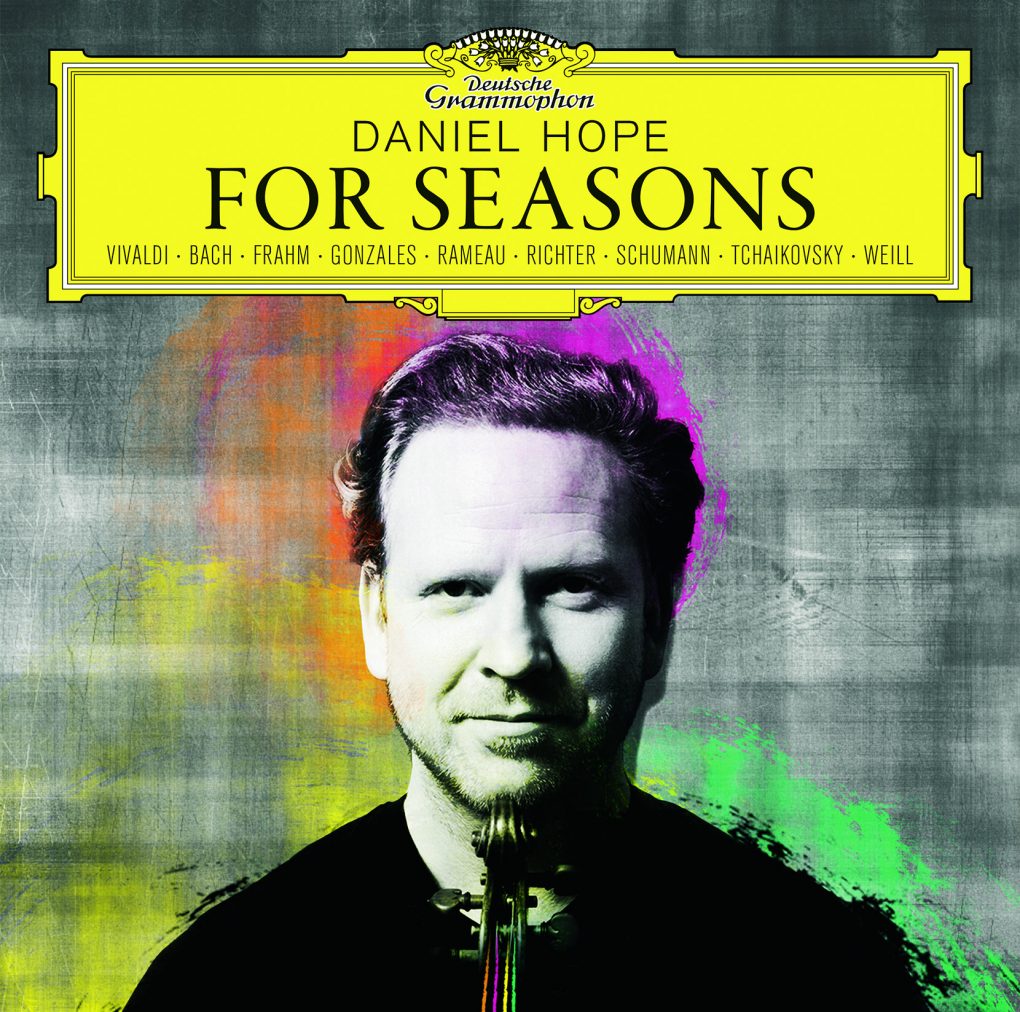
There are three people behind this beautiful and tantalizingly brief piece of music, and two of them are people who have found their way on to this list already.
The first figure in this musical triangle is baroque rock star Antonio Vivaldi (see week 369) whose “Four Seasons” is famous enough that several of its soundbites are recognizable even by those who couldn’t tell Vivaldi from a Volvo.
The second is modern composer Max Richter (see week 182) who set himself the challenge, in 2012, of re-working Vivaldi’s masterwork. He did this in different ways for each movement; sometimes the original melody is looped, sometimes parts of phrases are dropped to create jarring new time signatures, sometimes motifs are phased against each other.
The third party is Daniel Hope, a violinist and musical director of the Zurich Chamber Orchestra. He included Richter’s 2012 composition on his own release in 2017, an album titled, “For Seasons,” which celebrates the tilting of the earth on its axis with his Orchestra’s own performance of Vivaldi’s “Four Seasons” and 12 other pieces, both modern and not-so-modern, with each one representing a different month of the year.
What makes this a beautiful song:
1. Vivaldi: every movement from his “Four Seasons” creates images from the season in question. Here, the fluttering energy of the strings might evoke a bird, a squirrel, a bee, or a brave plant breaking through the soil.
2. Richter: rather than using the highly recognizable main melody from Vivaldi’s original, Richter uses a quieter, simpler few bars from the same piece as the foundation for his re-working.
3. Hope: his performance (and that of his orchestra) balances the contrasting demands of the piece’s two composers – delivering the energy of Vivaldi while executing the slow build of a Richter-esque loop.
Recommended listening activity:
Painting using only primary colours.